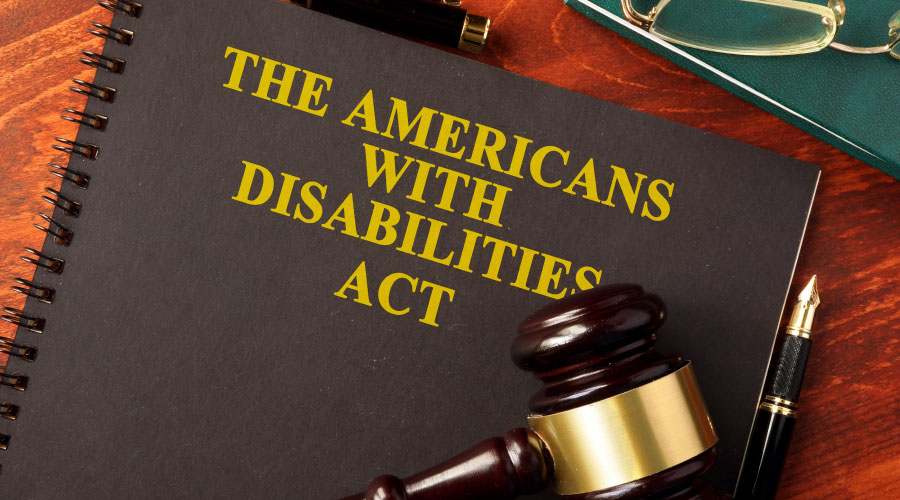
What Happens if a Facility is Not ADA-Compliant?
Joan Stein of Stein Consulting LLC explains the repercussions facilities managers can face if they are not compliant with the ADA. July 17, 2023
By Jeff Wardon, Jr., Assistant Editor
The ADA and its regulations are meant to create accessible environments for people with disabilities. However, there are many barriers to accessibility within built environments that need to be addressed. Additionally, if they are not addressed, they can lead to a legal quagmire for facility managers to navigate. To mitigate these issues, Joan Stein, president of Stein Consulting LLC, will be hosting an ADA-focused event for facilities managers at NFMT Remix in Orlando this October.
NFMT: What are some examples of common accessibility barriers in buildings and facilities?
Stein: First, I find a lot of issues in parking spaces where the slope of a parking space and its adjacent access all cannot exceed 2.1 percent, which is basically flat. The reason for the requirement of it being flat is because when you open your door — let's say you are driving and you use a manual wheelchair — you get your wheelchair and get out of the car. You then put it down and before you get a chance to lock the brakes, it rolls down the hill.
The other example of that is if you have a van that has a ramp or lift. When that ramp or lift is deployed, it is not deployed onto a level surface when it is a slope. Those are built to not deploy fully if the surface is not level. So, it will just keep coming back up and coming back up.
NFMT: What kind of repercussions could facilities managers face if they do not comply with the ADA?
Stein: The ADA is a complaint driven law, it is not enforced like the EPA or OSHA, where government officials come out and do inspections. It is enforced when someone with a disability or someone on our behalf, which would be an agency or a lawyer, believes that person had their rights discriminated against based on their disability. You get a notice from the Office of Civil Rights, Department of Justice or you get a letter from a lawyer.
Typically, the letters that come from lawyers are the result of what we call drive-by inspections. These law firms send their interns into parking lots, and they identify a few things in the parking lot. Then they send the letter to the building owner or the facility manager, and say you are in violation of the ADA.
Now, for cases that are filed in the federal court, the plaintiff is not entitled to punitive or compensatory damages. The money that is demanded is the legal fees and then the money that the owner must spend to correct the barriers.
The single most important statement for advice, and I'm not a lawyer, but I can tell everybody that the thing you should never say we cannot afford to do it. If you say that the first thing that is going to happen is they are going to demand that your books get opened. It is not just the book for that one facility, it is a book for every business related to that facility.
To learn more about the nuances of the ADA, be sure to check out Stein’s event at NFMT Remix running from October 25-26. Register for Remix here.
Jeff Wardon, Jr. Is the assistant editor for the facilities market.
Next
Read next on FacilitiesNet












